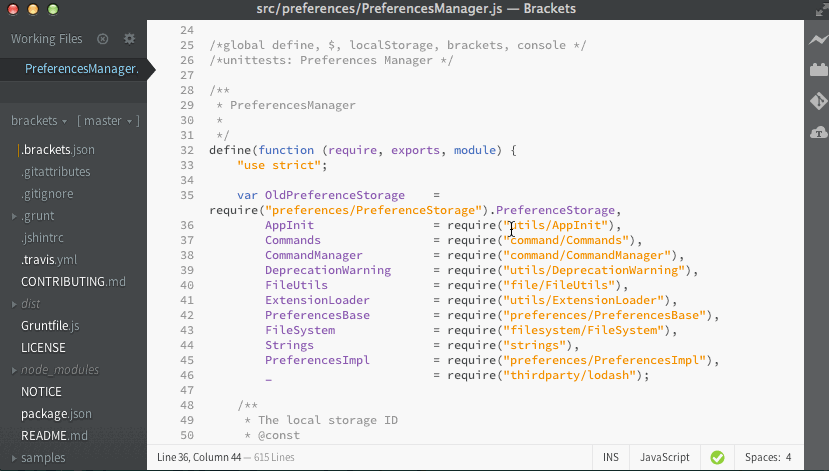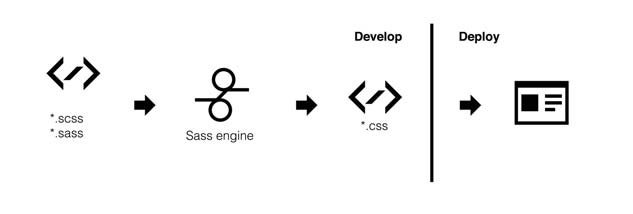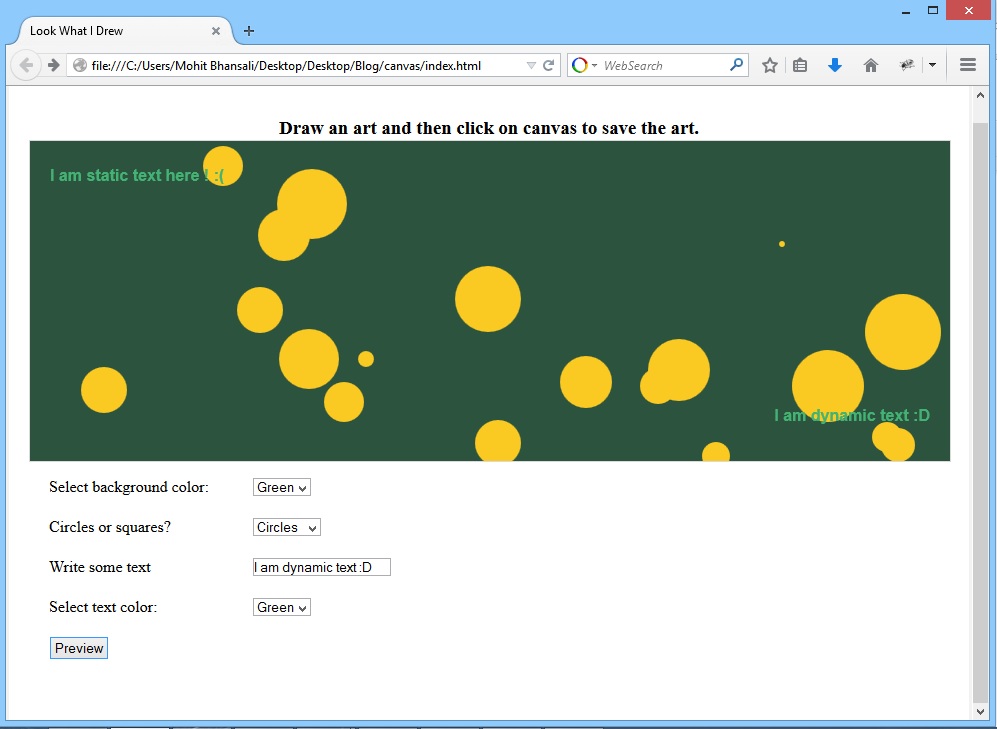PDF (Portable Document Formal) is a useful document format, and as the name portable. Once a document is converted to the PDF format, its formatting remains the same when viewed across a range of devices, irrespective of the platform. Due to its usability, there is often a need to convert documents from various formats to […]
Continue reading...How to disable past dates in Jquery Datepicker
In this post I will share a simple technique to disable past dates in Jquery DatePicker. Use the following snippet and it will set today as the minimum selectable date. $(“#datepicker”).datepicker({ minDate:0}); The minDate parameter is used to set a minimum selectable date. Passing ‘0’ will tell datepicker to set minimum selectable date […]
Continue reading...Creating animated loaders with CSS3 Animation

Introduction Loaders and Spinners play an important role in the modern dynamic websites. Though they look simple but they play a very important role in simplifying the overall User Experience. There are a lot of ways to create animated loaders, however in this post I will be using the power of CSS3 to create 3 different […]
Continue reading...Adobe Brackets 1.0, an open source text editor for Web Designers

Introduction Adobe has just launched version 1.0 of Brackets, its free open-source text editor that is built in HTML, CSS and JavaScript, for writing coding in HTML, CSS and JavaScript. Brackets started as an open-source project over three years ago, and developers who want to customize the text editor to fit their motives can pull […]
Continue reading...Create Your Own Mobile Responsive Masonry (Pinterest Style) Content Grid

With Pinterest coming out of the woodwork and taking social media by storm in the recent months, it’s apparent that a lot of it’s popularity is down to it’s aesthetically pleasing layout. Pinterest’s “grid view” style for displaying pins is what the design world refers to as a Masonry Grid. Masonry Grids are different from […]
Continue reading...Less Vs Sass? Who is the winner?
Now a days, you will find many CSS Frameworks available like Less, Sass, Emastic, 960.gs, BluePrint etc. Each stylesheet language is good in the right context, and they have a lot of common features such as: Nesting capabilities Mixins and parametric mixins Namespaces Color functions JavaScript evaluations
Continue reading...Frontend Development with SASS and Compass: Introduction

Introduction SASS (Syntactically Awesome Stylesheets) is a CSS preprocessor which gives you an opportunity to do amazing things with your stylesheets. Interesting huh!? What is Sass? The Sass website define Sass as: Sass is a meta-language on top of CSS that’s used to describe the style of a document cleanly and structurally, with more power […]
Continue reading...How to create a random art using Canvas HTML5

Introduction Canvas is one of the most interesting additions to web pages by HTML5. In some ways, a canvas is like an <img> element. You can add a canvas like this: <canvas id=”art-board” width=”920px” height=”320px”> </canvas> And the browser allocates some space in the page for the canvas, with the width and height you have […]
Continue reading...A list of Comment Syntax in Popular Programming Languages
Recently I had to look up how to write a comment in Python. Since I mostly develop in PHP, I had to turn to Google to find the exact syntax for commenting in Python. At that time I got an idea that it would be cool to have a single resource which lists commenting Syntax […]
Continue reading...Manipulating dates in JavaScript – a Moment.js Tutorial
Displaying date and time in JavaScript has never been an issue but manipulating them has never been an easy task. Earlier, programmers manually made date/time realted calculations but with time, analytics became important, with demand for more complex calculations. To match up those modern requirements, we have Moment.js.
Continue reading...